Locks have been used for thousands of years to keep people, property, and possessions safe.
From simple wooden devices in ancient Egypt to today’s high-tech smart locks, the idea has always been the same: control access and protect what matters most. But not all locks are created equal.
Today, there are numerous types of locks, each with its own unique design, strengths, and best applications. Some are built for heavy-duty doors, while others are perfect for cabinets, mailboxes, or storage units.
Choosing the right one depends on the level of security you need, where the lock will be used, and how convenient you want it to be.
I’ll cover lock anatomy, explain the most common lock types, and help you determine which option best suits your needs.
Anatomy of a Lock
Understanding lock anatomy helps you appreciate how these devices work. While different locks may look different on the outside, many share the same basic parts inside:
- Keyway: The slot where a key is inserted.
- Plug: The round, turning part that moves when the right key is used.
- Pins and Springs: Small internal pieces that match the shape of your key. When aligned correctly, they allow the plug to rotate.
- Cam or Bolt: The actual locking piece that secures the door, drawer, or container.
- Housing: The outer shell that holds all the internal parts together.
When you insert the correct key into a lock, the pins and springs align, allowing the plug to turn. That turning motion then moves the cam or bolt, locking or unlocking the mechanism.
This process is simple yet highly effective, serving as the foundation for most locks used today.
Common Types of Locks
Now, let’s go over the different types of locks you’ll see in homes, offices, and public places.
1. Padlocks
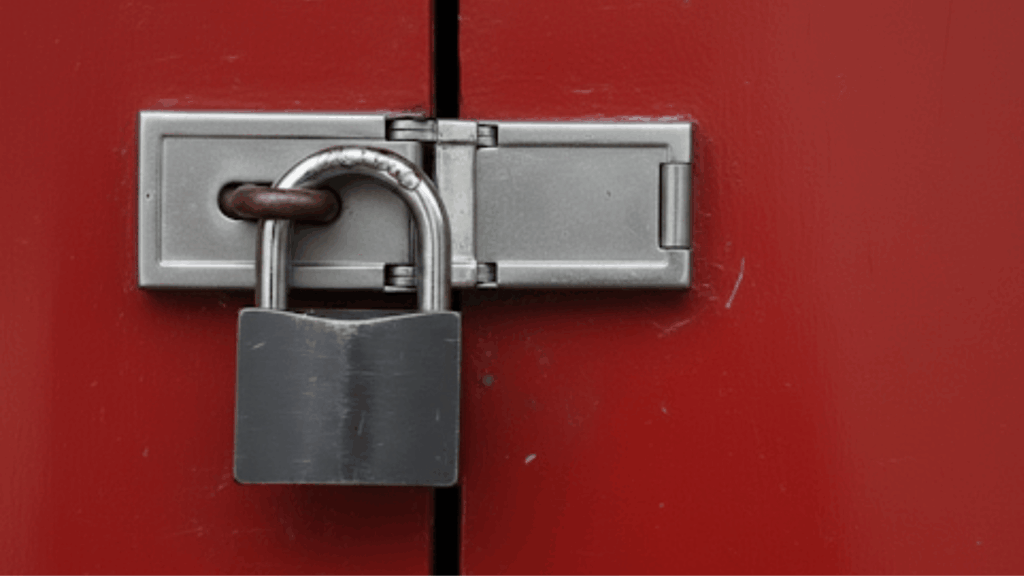
Padlocks are the most recognizable type of lock. They’re portable, meaning they aren’t permanently attached to a door or structure. Instead, they can be clipped onto gates, lockers, toolboxes, sheds, or chains.
Padlocks come in two main varieties:
- Keyed padlocks require a key to open.
- Combination padlocks, which use a rotating dial or number wheels.
They’re affordable and convenient, but can be broken with bolt cutters or picked apart if of low quality. That makes them great for low- to medium-security needs but not for protecting your main door.
2. Deadbolts
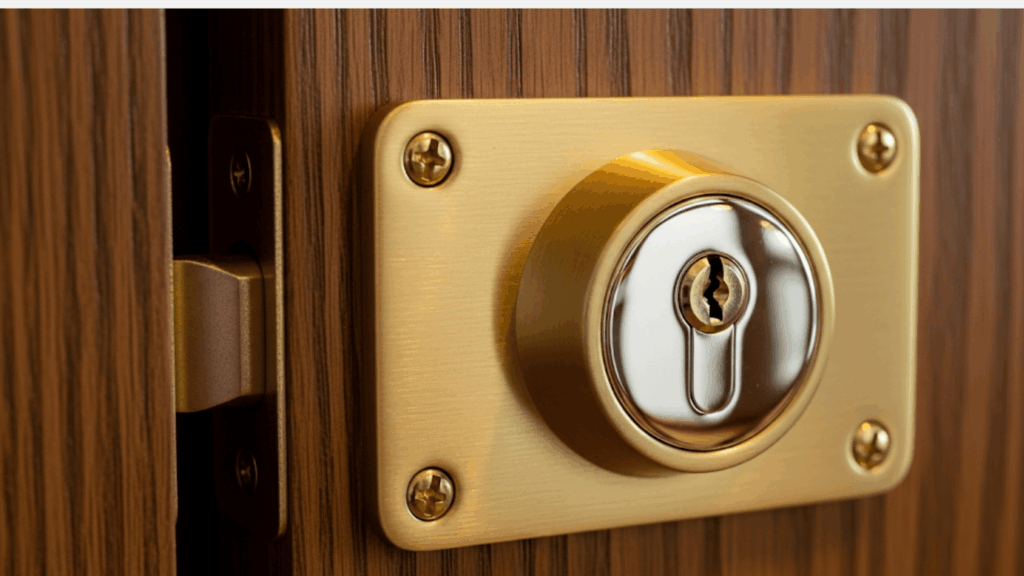
Deadbolts are considered one of the strongest options for securing exterior doors. Unlike spring locks, deadbolts need a key or thumb turn to retract, while spring locks can sometimes be forced open with a card or pressure.
Types include:
- Single-Cylinder Deadbolts: Key on the outside, thumb turn on the inside.
- Double-Cylinder Deadbolts: Require a key on both sides, which improves security but can slow down emergency exits.
- Lockable Thumb Turn Deadbolts: A mix of both styles, giving flexibility and safety.
If you want to secure a front or back door, a deadbolt is almost always recommended.
3. Knob Locks
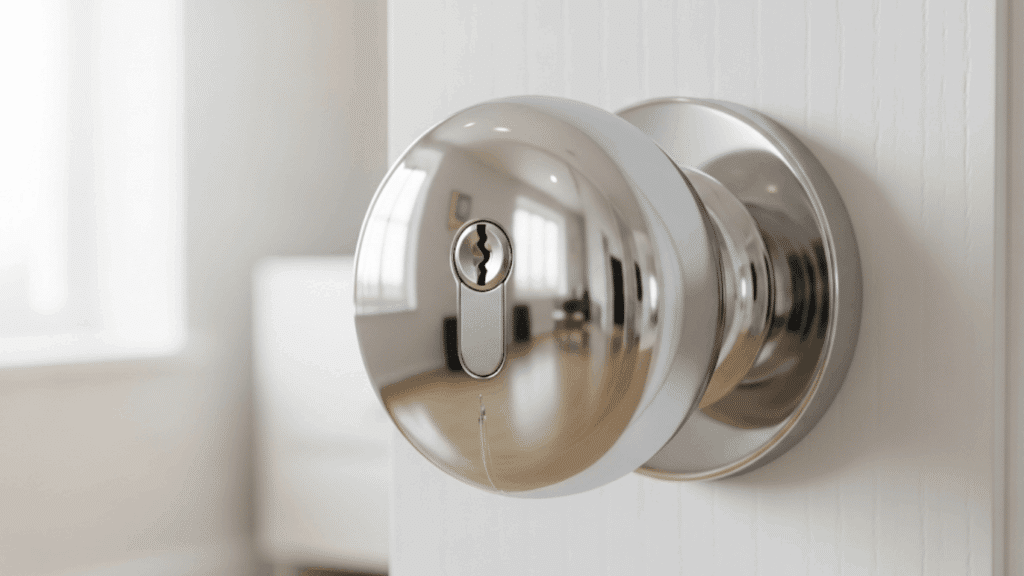
Knob locks are commonly found on interior doors, such as those in bedrooms and bathrooms. The locking mechanism is built right into the doorknob.
While they provide privacy, they aren’t the best option for exterior doors.
Because the lock is inside the knob, it can be forced with tools like pliers or even a strong kick. For this reason, knob locks are best used indoors, paired with stronger locks on main entryways.
4. Lever Handle Locks
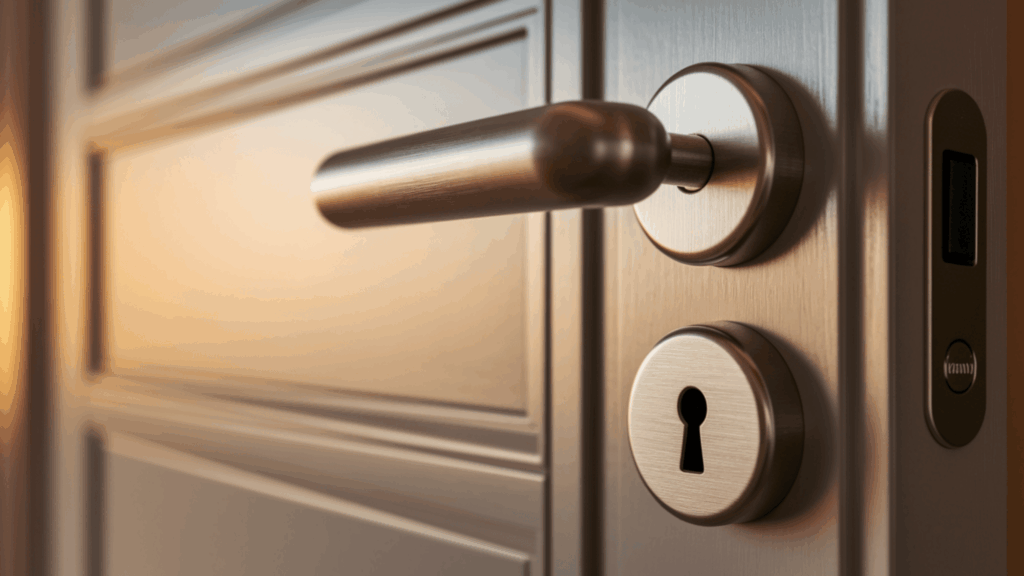
Lever handle locks are similar to knob locks but use a lever instead of a round knob. These locks are easier to operate, especially for children, the elderly, or individuals with mobility challenges.
They’re very common in office buildings, schools, and hospitals. While they provide convenience, they don’t offer the same strength as a deadbolt.
In commercial spaces, they’re often used in combination with other security systems.
5. Cam Locks
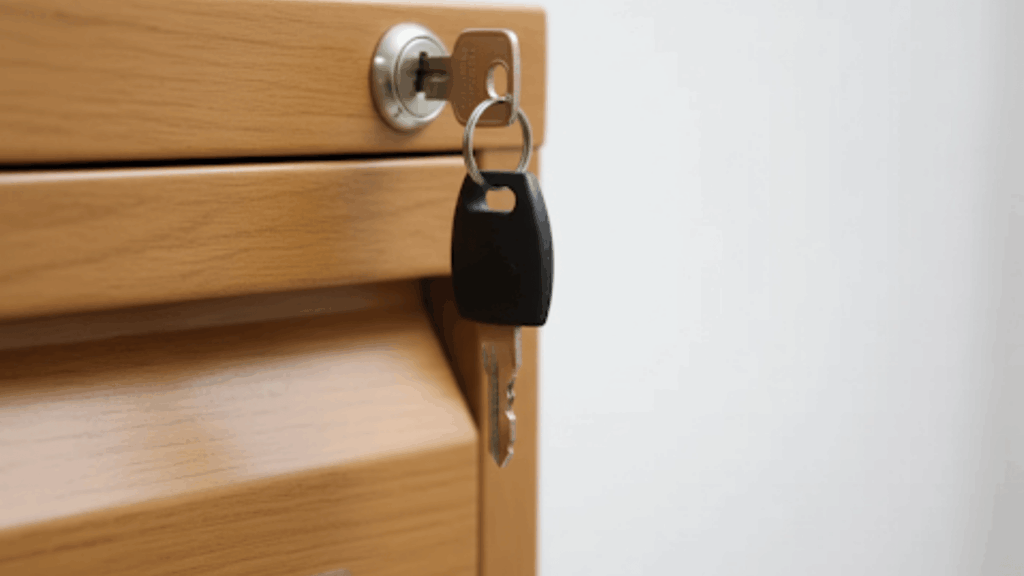
Cam locks are small, simple locks that operate by turning a flat piece of metal called a cam. They’re commonly found on mailboxes, filing cabinets, lockers, and vending machines.
Cam locks are inexpensive and versatile, making them a go-to choice for securing items that don’t require heavy protection. However, they aren’t designed for doors or high-security use.
6. Mortise Locks
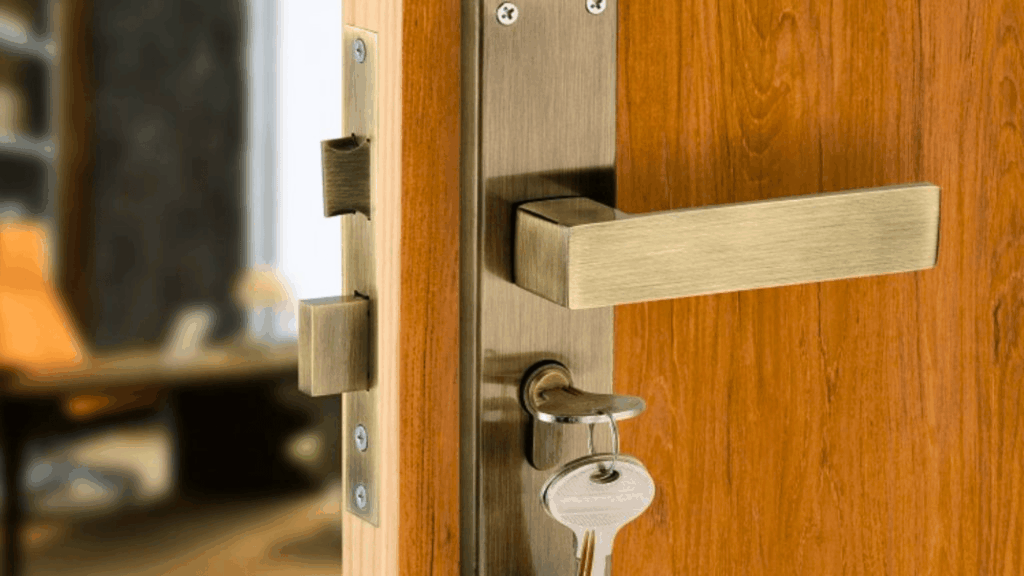
Mortise locks are durable, heavy-duty locks that are installed inside a pocket cut into the edge of the door (called a mortise).
They are more complicated than standard locks and are often found in older buildings, upscale homes, or commercial spaces.
Mortise locks can incorporate multiple features, such as deadbolts and latch bolts, within a single mechanism. They’re reliable and secure but require professional installation.
7. Rim Cylinder Locks
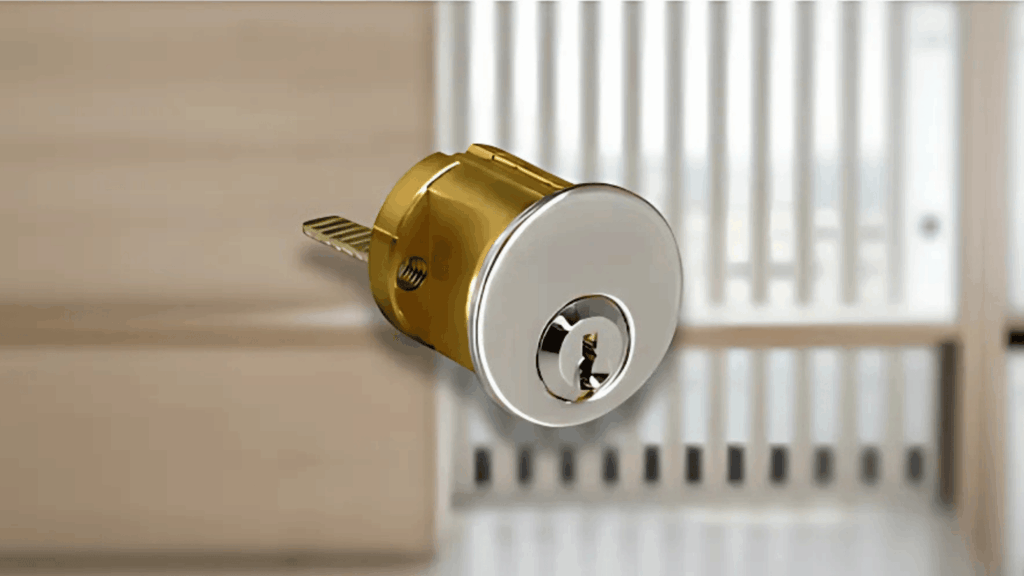
Rim cylinder locks sit on the surface of the door rather than being embedded inside it. They often work in conjunction with night latches, which automatically lock when the door closes.
These locks are relatively easy to install and replace, which is why they’re popular in apartments and older homes. While convenient, they are not as strong as mortise locks or deadbolts when used alone.
8. Euro Profile Cylinders
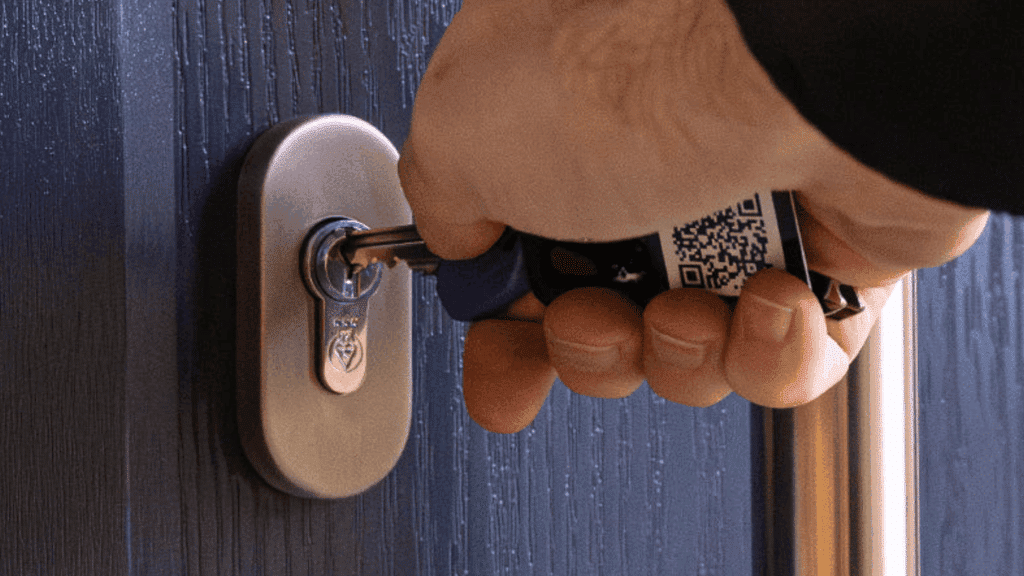
These locks are especially common in Europe but are gaining popularity worldwide. The main advantage of euro profile cylinders is their flexibility; you can replace just the cylinder if a key is lost.
They are often used with multipoint locking systems on modern doors. However, they can sometimes be vulnerable to snapping or drilling unless reinforced.
9. Wall-Mounted Locks
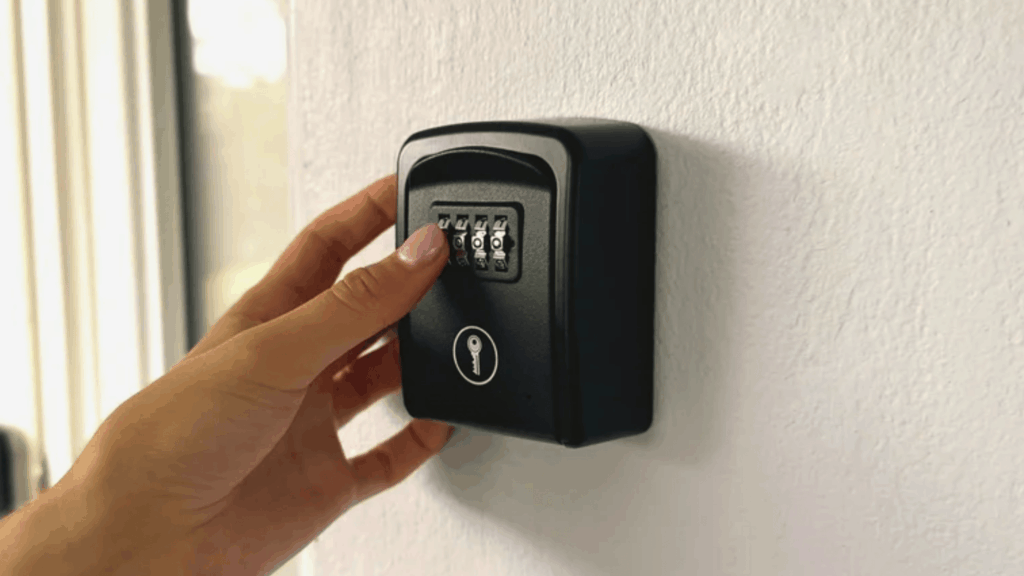
Wall-mounted locks are like small safes or lockboxes that attach directly to a wall. They’re commonly used to store spare keys, often with a combination code.
These are popular with rental properties, Airbnbs, or businesses where multiple people need access. While they’re not designed to secure a door directly, they provide safe key storage and convenient access.
10. Smart & Keypad Locks
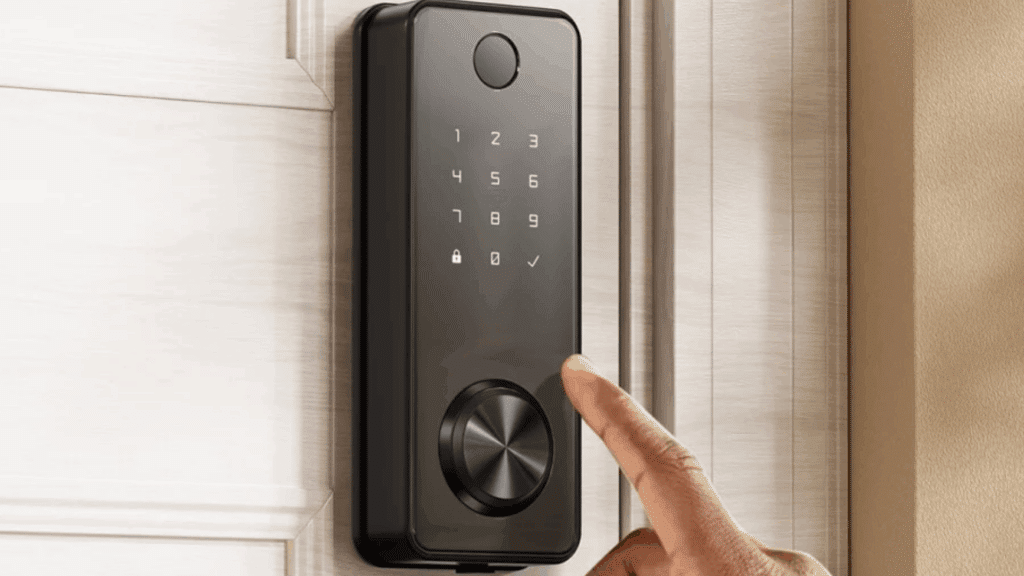
Smart locks bring modern technology into home security. Instead of a physical key, you can unlock them with:
- A PIN code
- A smartphone app
- A key card
- A fingerprint
Many smart locks connect to Wi-Fi or Bluetooth, enabling you to remotely manage access. For example, you can let in a guest while you’re away from home.
While convenient and feature-rich, smart locks rely on power (batteries or electricity). If the battery dies or the system malfunctions, you’ll need a backup method to get inside.
Comparison of Lock Types
| Lock Type | Best Use | Pros | Cons |
|---|---|---|---|
| Padlocks | Lockers, gates, storage | Portable, affordable | Easier to cut or pick |
| Deadbolts | Exterior doors | Very secure, durable | Needs proper installation |
| Knob Locks | Interior doors | Simple, low-cost | Weak security |
| Lever Handle Locks | Commercial doors, offices | Easy to open, accessible | Less secure than deadbolts |
| Cam Locks | Cabinets, mailboxes | Compact, cheap | Not for high security |
| Mortise Locks | Heavy doors, older homes | Strong, long-lasting | More expensive |
| Rim Cylinder Locks | Front doors with latches | Easy to replace | Lower security alone |
| Euro Profile Cylinders | Modern door systems | Replaceable cylinders | Can snap if forced |
| Wall-Mounted Locks | Rentals, key storage | Convenient, shared access | Limited use |
| Smart Locks | Homes, rentals | Keyless, modern, trackable | Expensive, needs power |
How to Choose the Right Lock
Choosing the right lock is key to ensuring security, convenience, and compatibility with your door type. Key tips include:
- Assess Security Needs: Opt for deadbolts or mortise locks for high-security exterior doors.
- Consider Door Type: Match locks like mortise or rim locks to door construction and thickness.
- Think About Convenience: Smart or electronic locks offer keyless entry and remote access.
- Evaluate Usage Frequency: Lever handle locks are suitable for high-traffic areas due to ease of use.
- Factor in Style and Accessibility: Choose locks with designs and features that suit your décor and user needs.
Selecting the right lock not only protects your property but also enhances daily use and fits your lifestyle seamlessly.
The Bottom Line
Locks might seem like simple tools, but their role in keeping us safe is profound.
Understanding the inner workings and various styles helps me appreciate the importance of selecting the right lock based on security, convenience, and door type.
It’s not just about protection but also about making everyday life easier and more secure.
Take a moment to evaluate your own needs and consider upgrading your locks if necessary. Investing in the right lock means investing in peace of mind.
Drop a comment and let us know: what’s your go-to lock choice?














